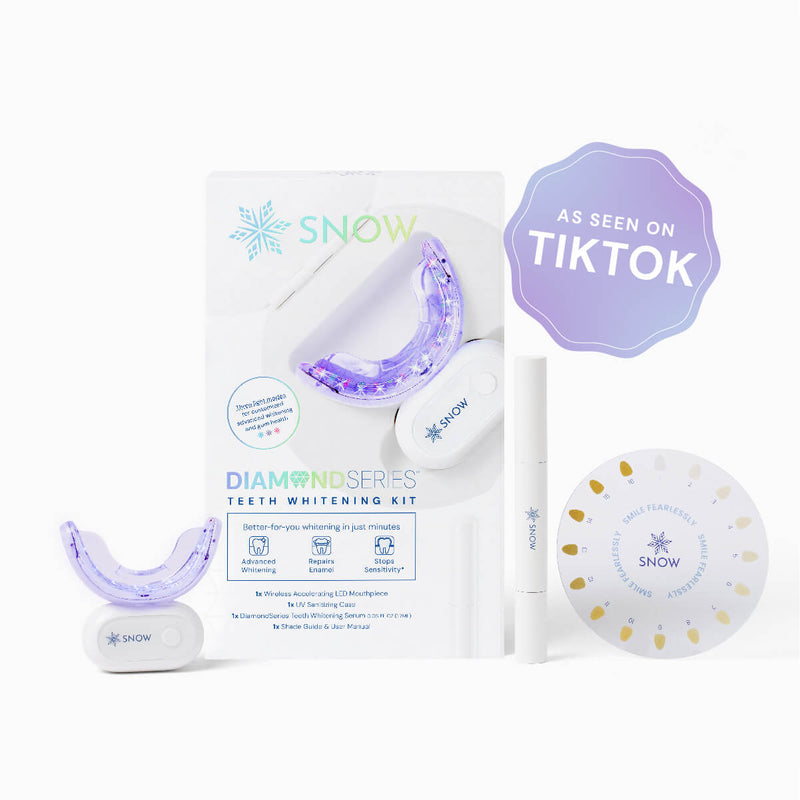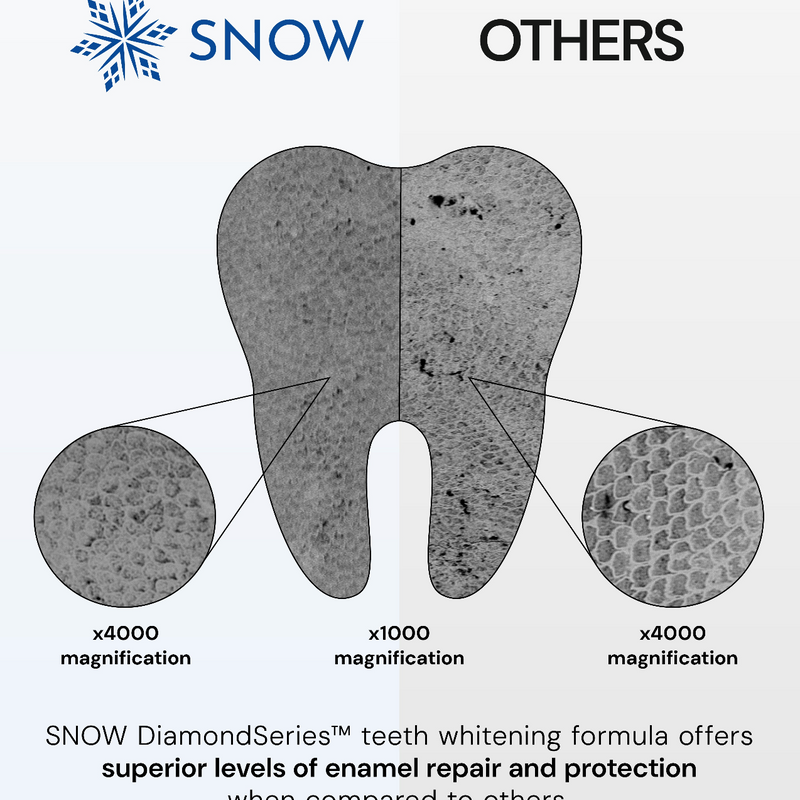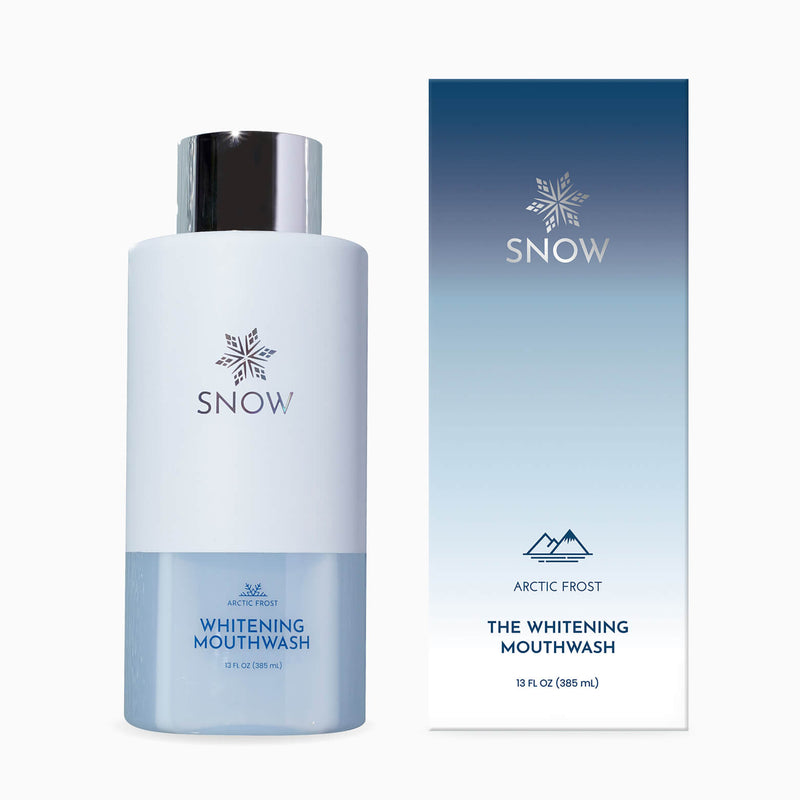How much floss to use is a common question when it comes to dental hygiene. The answer can depend on your specific oral care needs.
In this article, we'll dive into essential flossing topics. We'll explore how much floss you should use, how to hold it properly, and the best technique to ensure a thorough clean.
We will also discuss the nuances of flossing with braces, the overall purpose of dental floss, and the best times to floss. Finally, we'll cover the various types of dental floss and tools available for different needs.
Let's take a closer look.
What this article covers:- How Much Floss Should You Use?
- How to Hold Floss
- How to Floss with the Right Amount of Floss
- How to Floss with Braces
- The Purpose of Dental Floss
- When Should You Floss?
- Types of Dental Floss
How Much Floss Should You Use?
Our findings show that a length of 18 to 24 inches is ideal, as it allows you to properly wrap the floss around your fingers and maintain control while flossing each tooth.
This amount also provides enough clean floss to move between different teeth, helping to reduce the spread of plaque or bacteria from one area to another.
For a deeper clean, SNOW's Activated Charcoal Whitening Floss is a great option. This floss is infused with activated charcoal and bamboo fibres that expand during use, helping to lift plaque and surface stains.
How to Hold Floss
Holding floss correctly is essential for an effective and comfortable flossing experience. Here's how to do it:
- After breaking off the right amount of floss, wind most of it around one of your middle fingers on each hand.
- Hold about 1 to 2 inches of floss taut between your fingers. This allows you to control the floss with precision as you guide it gently between your teeth.
For even more convenience, our Charcoal Whitening Floss Picks offer an easy way to floss on the go. These picks are infused with activated charcoal, making them great for removing plaque.
How to Floss with the Right Amount of Floss
Flossing with the right amount of floss involves using the proper technique to ensure all surfaces of your teeth are cleaned.
Here is how to floss.
- Slide the floss between your teeth: Gently insert the floss between two teeth using a back-and-forth motion, being careful not to snap the floss into your gums.
- Curve the floss into a “C” shape around the side of each tooth.
- Move to a clean section for each tooth: After cleaning one area, unwind a fresh section of floss and continue cleaning each tooth. This prevents the spreading of bacteria and ensures a thorough cleaning every time.
How long should flossing take? The process should take no more than 2-3 minutes.
To take your routine to the next level, consider using SNOW's Water Flosser. It offers three pressure settings, making it suitable for different preferences, and is portable, perfect for use at home or while traveling.
How to Floss with Braces
Flossing with braces can be more complicated than traditional flossing, but it's essential for maintaining oral hygiene.
- Cut about 18 to 24 inches of waxed floss and thread it through a floss threader. Once the floss is threaded through the wire, hold it tightly between your thumbs and fingers.
- Gently slide the floss between your teeth: Move the floss in a back-and-forth motion, taking care to clean both sides of each tooth. Be sure to avoid pulling on the wires to prevent damage.
- Repeat the process with each tooth, using a clean section of floss each time.
The Purpose of Dental Floss
Our research indicates that the primary purpose of dental floss is to remove food particles and plaque from between teeth and below the gums, areas that toothbrushes often can't reach. This helps prevent cavities, gum disease, and bad breath.

Flossing also supports overall gum health by removing the buildup that can lead to inflammation or gingivitis.
For an additional boost to your oral care routine, SNOW's Arctic Frost teeth whitening mouthwash can help remove surface stains while refreshing your breath and fighting cavities.
When Should You Floss?
Based on our observations, many people prefer to floss before bed to remove any debris accumulated during the day. Others may floss after meals to dislodge food particles immediately.
How often should you floss? We recommend flossing daily after brushing.
Types of Dental Floss
- Waxed floss: Coated with wax, making it easier to slide between tightly spaced teeth without fraying.
- Unwaxed floss: Provides a squeaky clean feeling but may fray more easily.
- Dental tape: Ideal for those with more space between their teeth, offering comfort during use.
- Floss picks: Convenient for people with limited dexterity or braces.
- Water flosser: Uses a stream of water to clean between teeth and along the gumline. Perfect for individuals with braces or sensitive gums.
Conclusion
Now you know! Using too little or too much can make flossing less effective, so using the right amount is essential.
With this in mind, we discussed how much floss you should use, proper holding techniques, and how to floss with and without braces.
We also touched on the importance of flossing, when to floss, and explored different types of dental floss, including water flossers. For a premium dental care experience, try SNOW's advanced products like our water flosser and charcoal-infused floss.
Explore our range today!
If you want to learn more, why not check out these articles below:
- How Deep Should You Floss
- How to Floss Back Teeth
- How to Floss a Bridge
- How to Floss for Kids
- How to Floss 1 Year Old Teeth
- How to Floss Dental Implants
- How to Floss with Braces
- How to Floss with Permanent Retainer
- How to Floss Under Permanent Retainer Without Threader
- Does a Water Flosser Replace Flossing?
- Does Water Flosser Remove Plaque?
- Does Water Flossing Hurt?
- Does Water Flosser Make Teeth White?
- How to Clean Water Flosser
- How Often Should You Water Floss


























